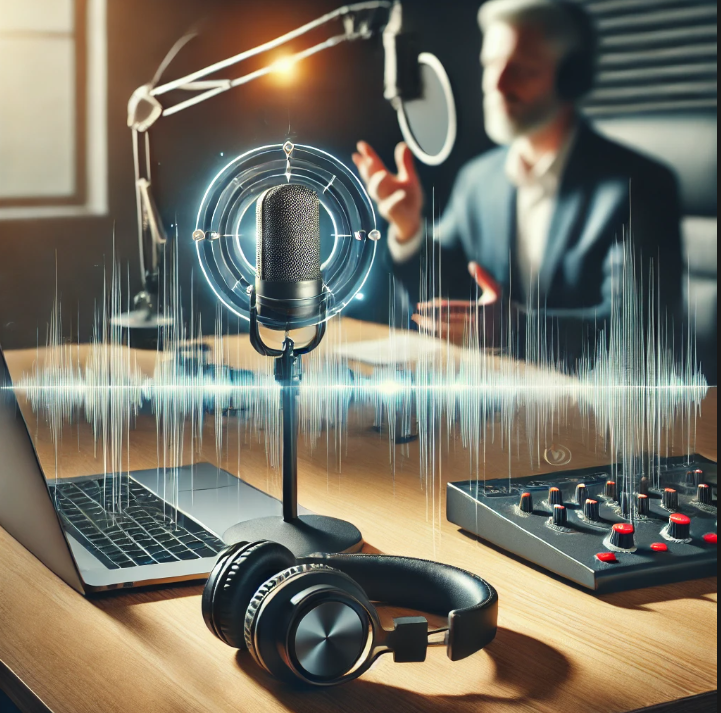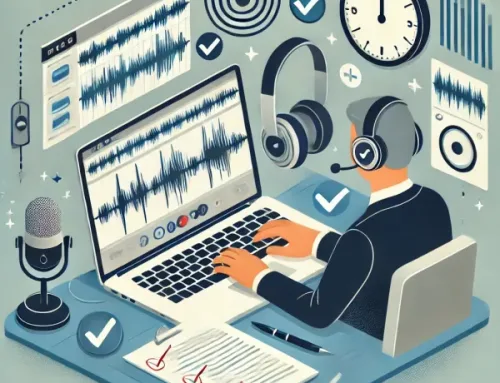Audio quality is a core component of good transcription. If the audio is hard to understand, how do you expect to make accurate transcriptions?
The issue of audio quality is eternal for both in-house transcription companies and transcription businesses everywhere. The key is knowing how to improve audio quality, ensure that transcription is easy, and ensure that the finished product is accurate.
Let’s take a look at a few tips that can be employed to ensure good audio quality.
- Cut Back on Background Noise
Background noise can have a significant impact on audio quality. With that in mind, you’ll need to ensure that you try and keep it to a minimum while recording.
The best environment for transcription is a quiet room which is closed off to the world – but not every business has such an area at their disposal. Instead, you can take steps to reduce background noise, like putting a sign on the door to let people know, and turn off any devices in the room that might produce sound.
It is also essential to think about how your room looks and feels. Bigger rooms with less empty space will produce less of an echo – worth keeping in mind.
- Think About Speaker Distance
You might not know this, but the distance between the speaker and microphone has an impact on the overall audio quality. You can have the best microphone on the market but if you’re sitting too far away or too close, the audio can come out garbled or too quiet. The best distance is supposed to be about 10 centimetres.
- Try a Test First
A test recording is an excellent way to keep the audio quality of a transcription file at a high level because it allows you to catch any bugs or issues that might occur. You can experiment with different types of audio recording software, microphones, headsets and other tools to find what works for your recording sessions.
- Acquire Better Equipment
We are reluctant to say that the key to good audio is to get good equipment because as you can see it’s not just about that, but better kit can play a role in how good the quality is. Even the best conditions for transcriptions can be ruined by issues like mic quality.
Expert opinions believe that the best microphone is an external microphone and we’re inclined to agree. The issue with microphones built into a device is that they tend to pick up more background noise and even sounds inside the device, which can understandably mess with your recording.
Unfortunately, the old adage of ‘you get what you pay for’ is true with audio equipment, so making that investment might be crucial to transcription after all.
Making Good Decisions With Transcription
It’s your responsibility as a business to provide good-quality audio for transcription purposes. If you’re going to get it done professionally, then we can do a lot more with audio that sounds fit for purpose. Naturally, implementing new changes can take a while sometimes, so we recommend turning the task over to professionals if you’re not sure. EQ Transcription is here to help with this – we make it easy to get great transcriptions for your business.






